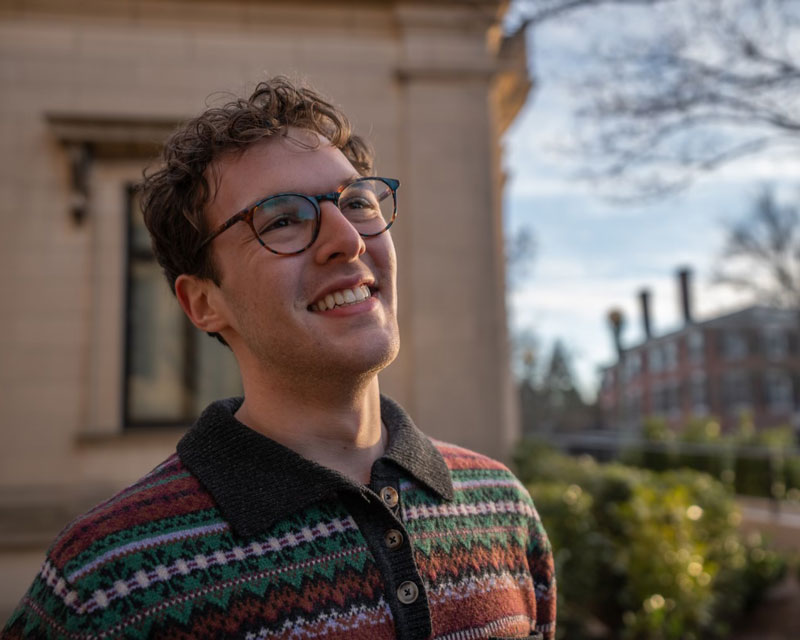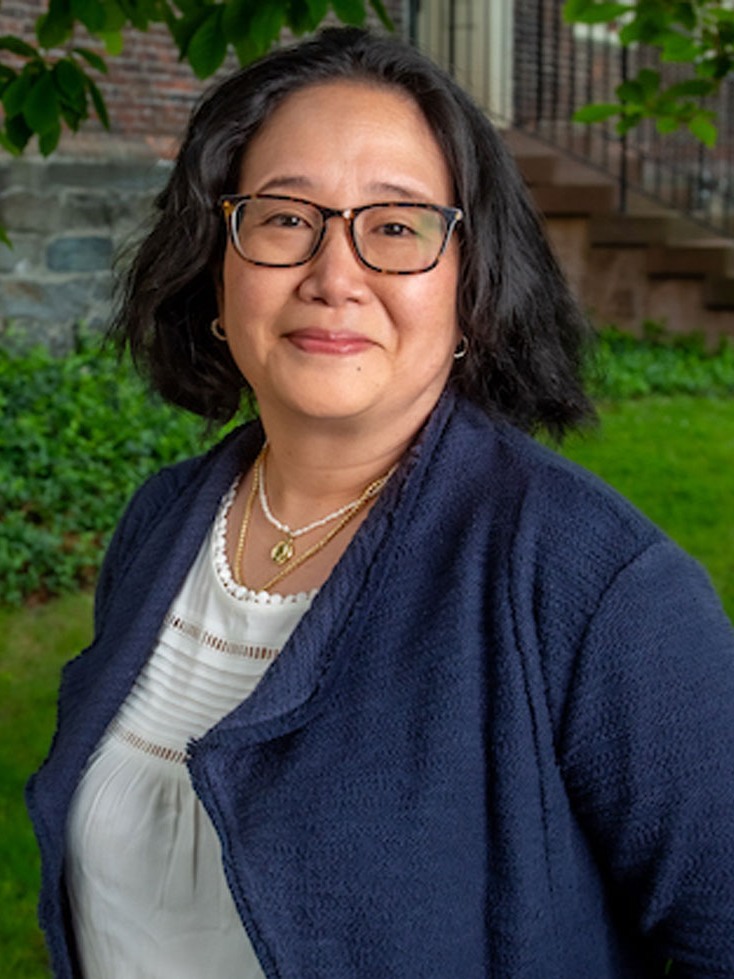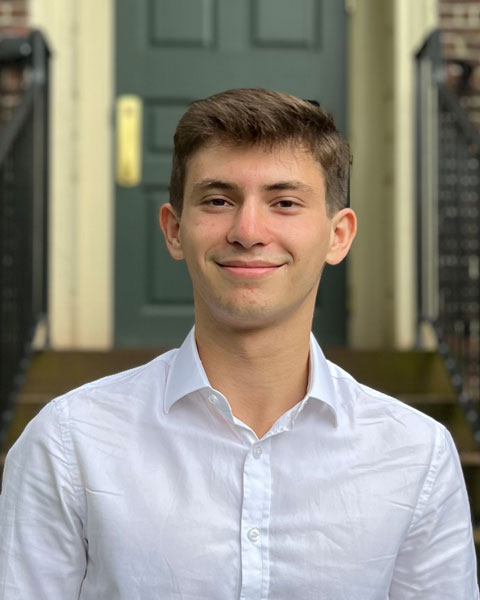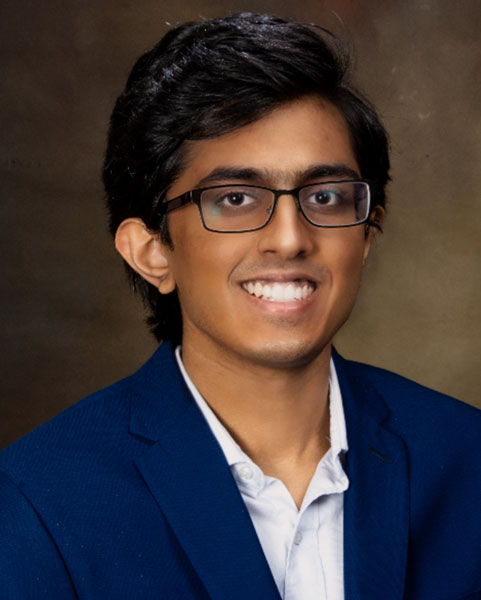 Q: What inspired you to pursue this independent concentration?
Q: What inspired you to pursue this independent concentration?
I came into Brown expecting to study biology and philosophy. But with double-concentrating and pursuing pre-med, it was just looking like a lot, so I started thinking about an independent concentration the spring of my freshman year. Then, that summer, I was shadowing and doing some research at a hospital. I was in in pediatric cardiogenetics, so we were seeing young kids with heart defects. The first time I shadowed there, a doctor sent a 5-year-old boy out of the room to talk with his mother about some test results. He had an arrythmia, which meant he could drop dead without warning. The way the doctor delivered the news, though, was kind of saying it just like that. So that’s what really set into motion this idea of what it means to be empathized with — and more specifically, what it means to not be empathized with. I’ve really tried to broaden my understanding of empathy and how it works, specifically within the caring professions.
Q: What has been your favorite part about developing this concentration during your time at Brown?
First, I get to hear about people’s passions and all the wild stuff that people know so much about and are so invested in, and it’s amazing. Brown is a school that’s filled with passionate people who are so interested in what they’re doing. I think the independent concentrators are a subset of that subset; not to say that we’re more passionate than anyone else, but we are definitely loud about it.
I also think a lot about [Adjunct Lecturer in Anthropology] Michael Berman, who taught a course on suffering and compassion. It was just the perfect class that came at the perfect time with the perfect professor. After every class, I would walk with him for 20 minutes, and I was able to build a really great relationship with him. Being able to expand myself through those conversations and break down everything I thought I knew about empathy and reconceptualize it at the beginning of my independent concentration journey was really special. I am grateful to have had that experience, and that he kind of took me under his wing a little bit.
Q: How will your concentration help shape your career path?
Next year, I’ll be getting a master’s degree in dialogue, health and society — which is basically interaction analysis applied in the health care setting — from Vrije Universiteit Amsterdam. What I’m really interested in there is the perfect bridge between what I’m doing now and medical school. I want to understand how empathy is practiced — not just the theory of empathy, but a focus on being empathetic or not empathetic in the caring professions, from the carer’s perspective. This is absolutely going to come into play in my future medical career. My idea on what field of medicine I want to be in will change seven trillion times, but all I know is that it will probably be something clinical, rather than research-focused. I think that is my calling: something about being with people and helping them in the worst moments of their lives draws me in.

 Q: What inspired you to pursue this independent concentration?
Q: What inspired you to pursue this independent concentration?  Q: What inspired you to pursue this independent concentration?
Q: What inspired you to pursue this independent concentration?  Q: What inspired you to pursue this independent concentration?
Q: What inspired you to pursue this independent concentration?  Q: What inspired you to pursue this independent concentration?
Q: What inspired you to pursue this independent concentration?